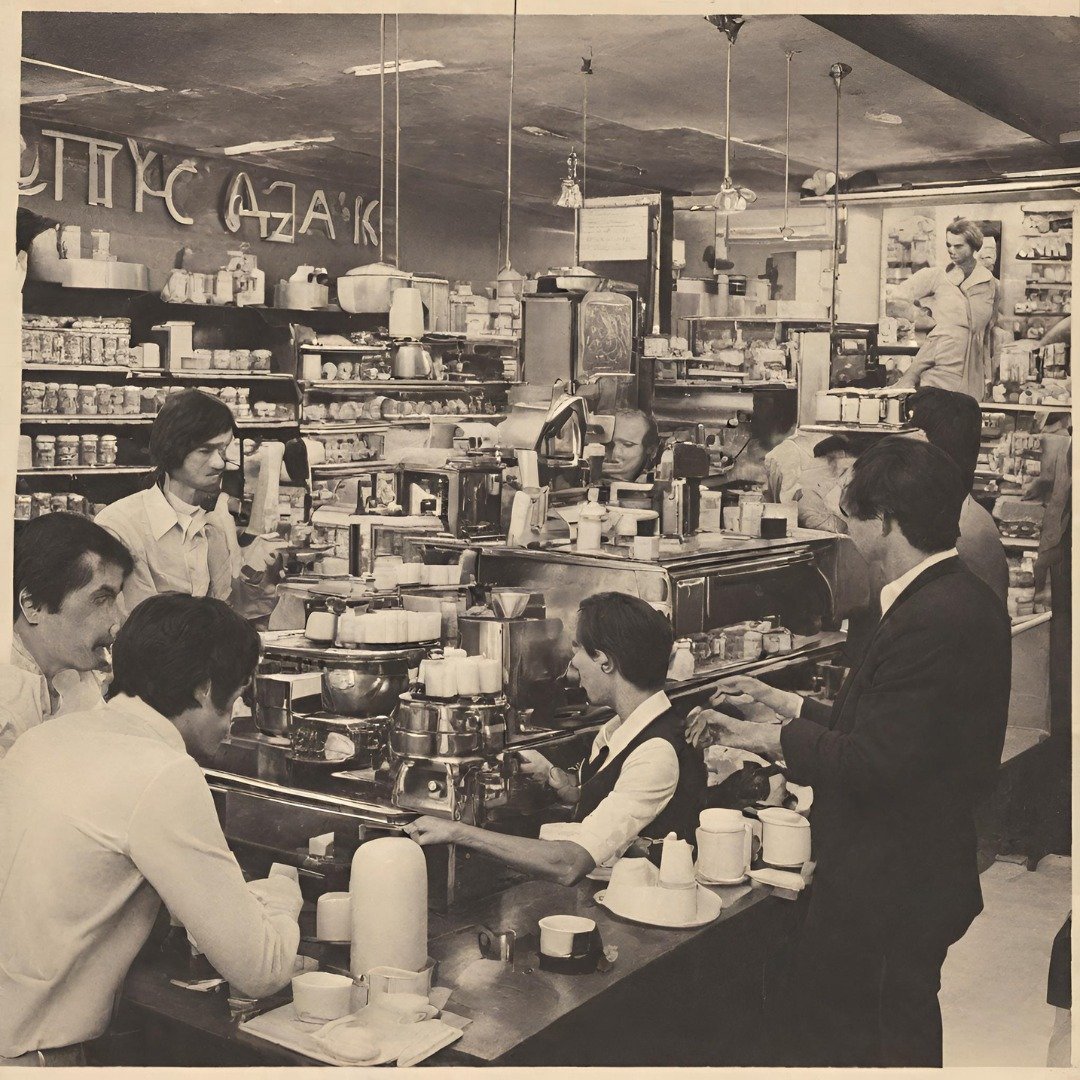The Rise of Coffee Culture in America
Coffee, a beverage that many Americans cannot begin their day without, is deeply ingrained in the cultural fabric of this country. The evolution of coffee consumption in the United States is an interesting story that witnesses changes in taste, business models, and cultural significance over the centuries.
17th and 18th Centuries:
Coffee appeared in the American colonies in the mid-16th century. Initially overshadowed by drinks such as tea and beer, coffee became increasingly popular during the 18th century. The Boston Tea Party of 1773 was a turning point. When patriots poured tea into Boston Harbor to protest the British, many turned to coffee as an alternative.
Nineteenth Century:
Coffee became commercialized in the 19th century. The invention of filter coffee machines and espresso machines revolutionized coffee consumption. These innovations allowed coffee houses and cafes to flourish. In the late 19th century, companies such as Folgers and Maxwell House began selling pre-ground coffee to households, and the drink became widely popular in the country.
Early to mid-20th Century:
World War II had a major impact on American coffee culture. Soldiers relied on coffee to stay alert, leading to instant coffee's popularity. After World War II, diners and doughnut shops became popular places to drink coffee and socialize. This period also saw coffee ads with catchy slogans such as Maxwell House's ``Delicious to the last drop.''
1970s:
The gourmet coffee movement began in the 1970s. Starbucks opened its first store in Seattle in 1971, focusing on high-quality beans and brewing methods. This focus on quality marked a departure from the quantity-oriented mindset of several decades ago.
1980s:
The 1980s established coffee as a social activity. The proliferation of Starbucks and other specialty coffee shops has transformed drinking coffee from a solitary morning ritual to a communal experience. The coffee experience has been further refined with the introduction of drinks such as espresso, cappuccino, and latte.
1990s:
Coffee shop culture took root in the 1990s. Shows like ``Friends'' showcased coffee shops as a central social gathering place for young people in urban areas. In the late 1990s, drive-through coffee stores proliferated, especially in the Pacific Northwest, with an emphasis on consumer convenience.
2000s:
The new millennium has brought a focus on ethical and sustainable sourcing. The Fair Trade movement gained momentum and emphasized the importance of paying coffee producers a fair wage. This era also saw the emergence of the "Third Wave Coffee Movement," which emphasized transparency, sustainability, and craftsmanship. Single-origin beans and alternative brewing methods such as pour-over and cold brew became popular.
2010s:
Coffee culture in the 2010s was characterized by innovation and diversification. Cold brew and nitro coffee have become staples of coffee shops. Specialty drinks such as oat milk lattes and coffee with turmeric were targeted at health-conscious consumers. Emerging technology technology also played a part. With the help of the app, consumers can easily order and customize their drinks.
2020s:
The 2020 coronavirus pandemic had a major impact on coffee culture. While many coffee shops have temporarily closed or only offer takeout, homebrew coffee has come back. Consumers invested in high-quality home coffee machines, grinders, and beans. The post-pandemic era has also emphasized the importance of local businesses, with many people choosing to support local independent coffee shops over chain stores.
The rise of coffee culture in the United States reflects broader cultural, economic, and social trends. From colonial-era tea alternatives to today's sophisticated craft beers, coffee's journey in America is a testament to its enduring appeal and adaptability.



